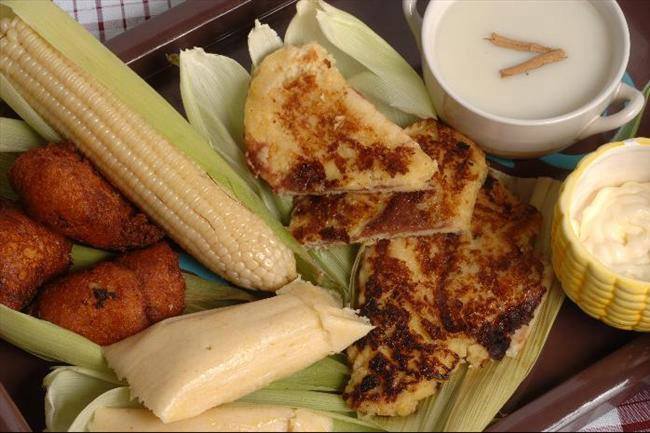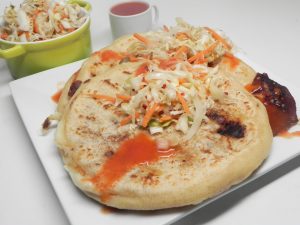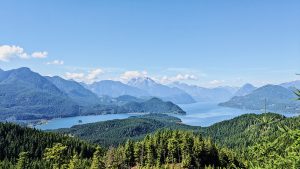My Unit 6 assignment about the Mapuches by Jeremiah, Claire, Ata, and Ashley.
As we have previously discussed in past units, tourism involving Indigenous people comes with both pros and cons. The positive effects of tourism involve participation in the world economy and additional sources of income from the sale of indigenous art. The downside of tourism is that not all indigenous people benefit from it. In Unit 2 we learnt about the exploitation of ayahuasca and how some Shipibo-Konibo people were no longer able to go to their shamans for healing as many shamans became too expensive for locals, and others moved to bigger cities. Discussions about tourism also made us question the meaning of “authenticity”, as we learnt that Shipibo-Konibo people often make kené that is designed for tourists and is different from the traditional kené that holds more meaning to them. The lecture about Mapuches highlighted a benefit of tourism I had not previously considered- for Mapuches tourism has helped them preserve and revitalize their culture. As a result of tourism, some Mapuche people have regained pride in their identity and there is more unity between community members. What I found most interesting is that tourism has enabled the transition of knowledge to younger generations which is so important for the preservation of a culture. Although there are many positives to tourism for Mapuches, there are also negatives, and some members of the community often consider tourism to be a new form of colonization.
Thank you Jeremiah, Claire, Ata, and Ashley for teaching me about the Mapuches, I really enjoyed reading the lecture!


